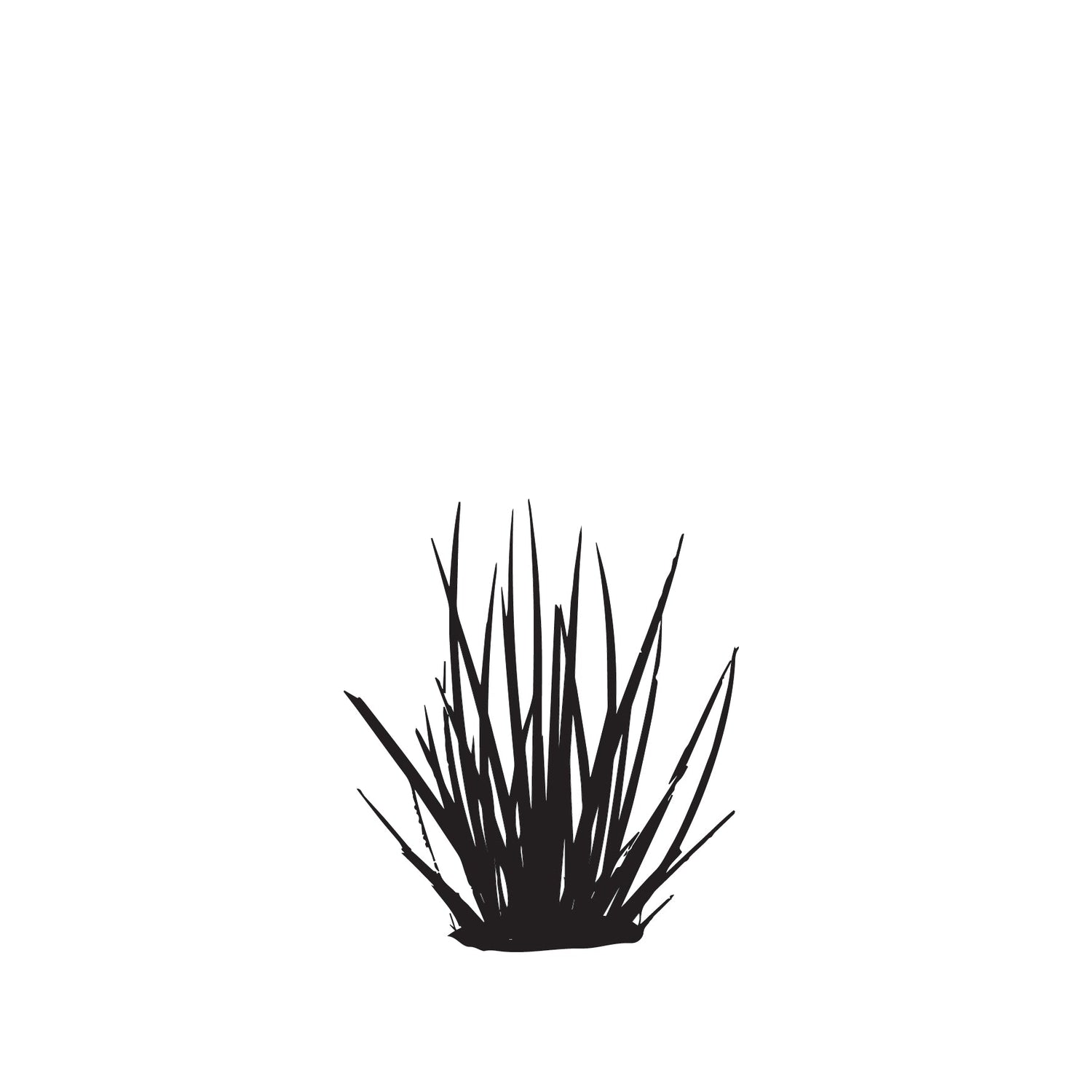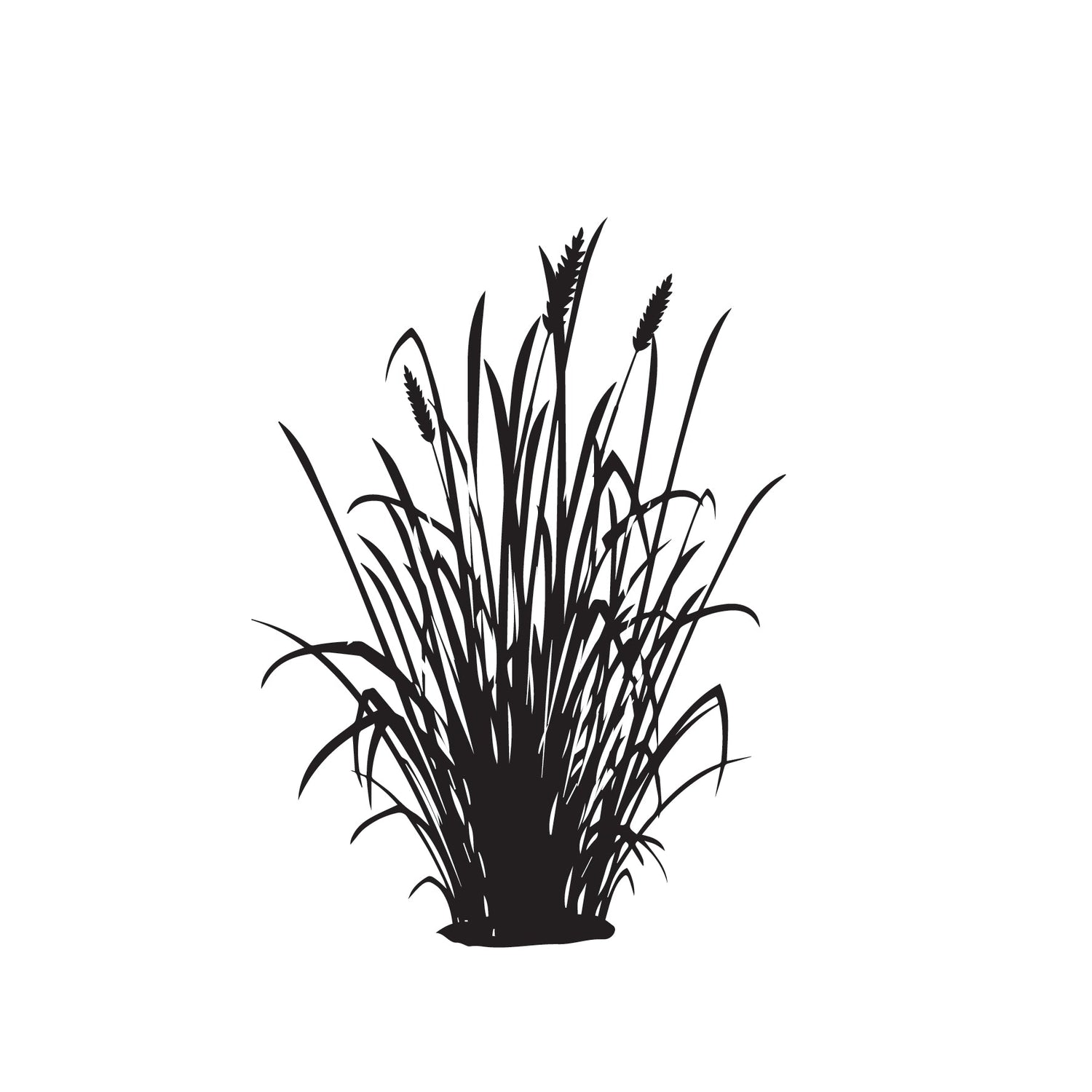NZ Flax Flowers and Their Importance to Bees: A Perfect Garden Partnership
Share
In the world of gardening and ecological balance, few plants are as beneficial to pollinators as New Zealand flax (Phormium spp.). Known for its striking foliage and vibrant colors, NZ flax also plays a crucial role in supporting bee populations through its abundant and attractive flowers. Let's delve into why NZ flax flowers are a vital resource for bees and how you can cultivate a garden that benefits both these essential pollinators and your outdoor space.
- The Allure of NZ Flax Flowers
New Zealand flax produces tall, graceful flower spikes that emerge from the center of the plant. These flower spikes are adorned with numerous tubular blossoms in shades of red, orange, yellow, or creamy white, depending on the variety. The flowers typically bloom in late spring to summer, creating a spectacle of color and attracting a variety of pollinators, especially bees.
- Attracting Bees to the Garden
Bees are naturally drawn to NZ flax flowers for their rich nectar and pollen rewards. The tubular shape of the flax flowers is particularly suited to bees with long tongues, such as bumblebees and honeybees. As bees forage for nectar, they inadvertently transfer pollen from flower to flower, facilitating cross-pollination and promoting the reproduction of flax plants and other nearby flowering species.
- Importance of Pollination
Pollination is essential for the reproduction of plants, including food crops and native vegetation. Bees, as pollinators, play a crucial role in maintaining biodiversity and ecosystem health. By visiting NZ flax flowers, bees contribute to the production of seeds and the genetic diversity of flax populations, ensuring their continued survival and adaptation to environmental changes.
- Creating a Bee-Friendly Garden with NZ Flax
- Plant Selection: Choose NZ flax varieties that produce abundant flowers, such as Phormium tenax and Phormium cookianum hybrids. Select different colors and varieties to extend the flowering season and attract a diverse range of bee species.
- Sunlight and Location: Plant NZ flax in a sunny location with well-drained soil to encourage healthy growth and prolific flowering. Ensure there is ample space around the plants to allow bees easy access to the flowers without obstruction.
- Water and Maintenance: Provide regular watering to newly planted flax to establish roots, and maintain moderate moisture levels during dry periods. Once established, NZ flax is drought-tolerant but benefits from occasional deep watering. Avoid over-fertilizing, as excessive nitrogen can reduce flower production.
- Supporting Bee Health
- Avoid Pesticides: Minimize or eliminate the use of pesticides and herbicides in your garden, as these chemicals can harm bees and other beneficial insects. Opt for organic gardening practices and integrated pest management techniques to maintain a healthy garden ecosystem.
- Provide Shelter and Resources: Incorporate a variety of flowering plants, shrubs, and trees in your garden to provide continuous food sources for bees throughout the seasons. Create nesting habitats such as bee hotels or leave undisturbed areas for ground-nesting bees.
Conclusion
NZ flax flowers are not only a visual delight in the garden but also a vital resource for bees and other pollinators. By cultivating NZ flax and creating a bee-friendly garden environment, you contribute to the conservation of pollinator populations and promote the health and resilience of your local ecosystem. Embrace the beauty of NZ flax flowers and the role they play in supporting biodiversity, and enjoy a garden buzzing with life and natural vitality. Together, we can foster a sustainable environment where plants and pollinators thrive in harmony.





